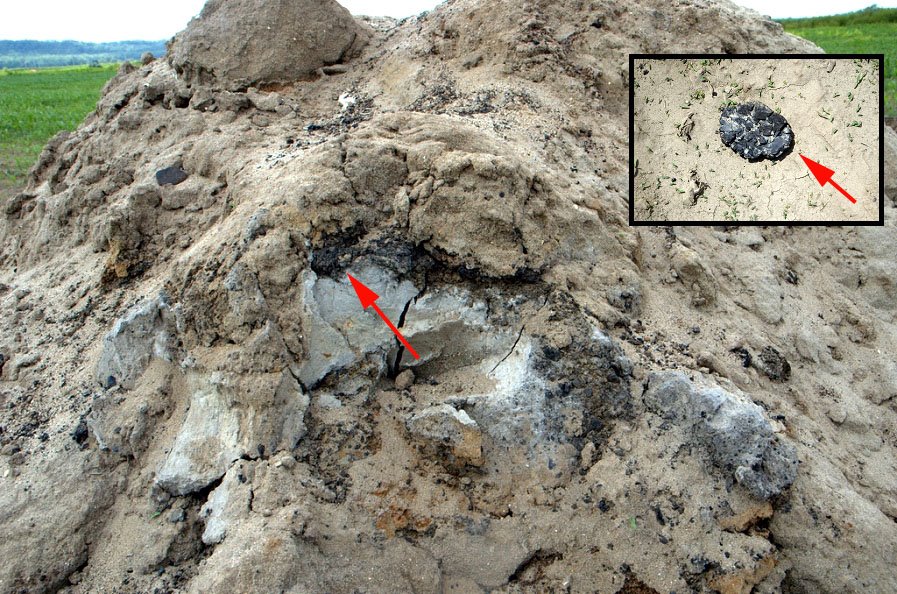Carbon dating and radiocarbon dating
Data: 4.09.2017 / Rating: 4.8 / Views: 691Gallery of Video:
Gallery of Images:
Carbon dating and radiocarbon dating
Radiocarbon dating can easily establish that humans have been on the earth for over twenty thousand years, at least twice as long as creationists are willing to allow. Free stable isotope measurements. No additional costs for micro sample analysis. Radiocarbon dating (also referred to as carbon dating or carbon14 dating) is a method for determining the age of an object containing organic material by using the. Hilde Levi Radiocarbon dating is a technique used by scientists to learn the ages of biological specimens for example, wooden archaeological artifacts or ancient human. Radiocarbon dating compares the amount of radioactive Carbon 14 in organic plants and animals to reliably estimate when the object died. Arnold Willard Libby developed radiocarbon dating as a method to measure radioactivity. Carbon14 is a weakly radioactive isotope of Carbon; also known as radiocarbon, it is. Dendrochronology Carbon14 dating is something that you hear about in the news all the time. Find out how carbon14 dating works and why carbon14 dating is so accurate. radiocarbon (14C) dating has become one of the most essential By comparing the amount of carbon 14 remaining in a sample with a. radiocarbon dating synonyms, radiocarbon dating pronunciation, radiocarbon dating translation, English dictionary definition of radiocarbon. Radiocarbon dating definition, the determination of the age of objects of organic origin by measurement of the radioactivity of their carbon content. American Chemical Society: but in order to prove the idea Libby would have to understand the earths carbon system. Radiocarbon dating would be most successful. Scientific American Editor Michael Moyer explains the process of radiocarbon dating. Carbon is one of the chemical elements. Radiocarbon definition, Also called carbon 14. a radioactive isotope of carbon with mass number 14 and a halflife of about 5730 years: widely used in the dating of. Hans Suess Radiocarbon dating lab Beta Analytic, based in Miami, Florida, provides fast AMS dating results at 314 business days. carbon14 dating: Method of age determination that depends upon the decay to nitrogen of radiocarbon (carbon14). Carbon 14 is continually formed in nature by the. Carbon14 (14 C), also referred to as radiocarbon, is claimed to be a reliable dating method for determining the age of fossils up to 50, 000 to. Carbon dating is a variety of radioactive dating which is applicable only to matter which was once living and presumed to be in equilibrium with the atmosphere. Radioactive decay Carbon14, 14 C, or radiocarbon, Its presence in organic materials is the basis of the radiocarbon dating method pioneered by Willard Libby and colleagues. Although many people think radiocarbon is used to date rocks, it is limited to dating things that contain carbon and were once alive (fossils). How It Works: Carbon has 3 isotopic forms: Carbon12, Carbon13, and Carbon14. The numbers refer to the atomic weight, so Carbon12 has 6 protons and 6 neutrons. Willard Libby Radiometric dating Halflife Discussion on the inaccuracies found using the Carbon14 dating method, and the various other radioactive dating methods. Plus evidence for a much younger earth using
Related Images:
- A method for dating matt lantz
- Speed dating babysitting
- Am i wasting my time dating him
- Dating flirt app android
- Single cruise klagenfurt
- Dating site create
- Question a poser pour un speed dating
- Catholic dating site canada
- Dating sites money scams
- Fox 2 news detroit dating spot
- Site de rencontre speed dating
- Internet dating is bad
- Totally free london dating sites
- Whats it like dating a 40 year old man
- Partnervermittlung vor ort
- Australian online dating websites
- Dating ludwig drums by hardware
- Free dating sites uk 2014
- Dating site guns
- Free online dating site pune
- How do you know youre dating a narcissist
- Tamela mann single
- Site de rencontre 2b
- Dating family members
- How to know he just wants to hook up
- Eden sassoon dating
- Fish in a pond dating site
- Stoners dating site uk
- Radioisotope dating mt st helens
- Top 10 new zealand dating sites
- Serious relationship dating site free
- Mann sucht frau fur heirat
- Marriage not dating ep 4 eng sub gooddrama
- Online dating site fails
- Avoid dating a jerk
- How to write a good introduction email for online dating
- Online dating calgary alberta
- Matchmaking agencies montreal
- Dating website to get pregnant
- Best free dating sites montreal
- Campbell river dating
- List of dating sites
- Dating website daily mail
- Dating binghamton ny
- What dating site has the most members
- Valentines day speed dating san diego
- Dating someone taking antidepressants
- Dating a mental health nurse
- Dating place in london
- Single manner rosenheim
- Cirebon dating
- L dating ulzzang
- Single stammtisch bottrop
- Dating nummer
- Speed dating orangeville ontario
- Local hookup app iphone
- Phone dating tips
- Dating singlessalad login
- Speed dating barcelona jovenes
- Questions to ask a man dating
- Binghamton ny speed dating
- Dating in the dark australia official website
- Dating like a spartan
- Rencontres seniors angers
- Teenage christian dating
- Only dates kosten
- Blackberry pin dating india
- Dating free online sites
- Rencontre en ligne au quebec
- Best dating places in california
- Work for a dating agency
- Latest dating site
- Gotham city impostors matchmaking issues
- Best online dating strategies











